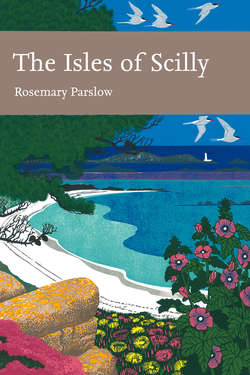Читать книгу The Isles of Scilly - Rosemary Parslow - Страница 9
CLIMATE
ОглавлениеThe climate of the Isles of Scilly is characterised as oceanic, with mild wet winters, mild sunny summers, frequent strong winds and gales, and also sea fogs. A major influence on the climate is the North Atlantic Drift, an arm of the Gulf Stream. Compared with the Cornish mainland Scilly has milder winters (February mean 7.3°C) and cooler summers. The average monthly mean temperature is 11.7°C (National Meteorological Library). With most days in the year having a temperature usually above 5°C, many plants can grow in Scilly that cannot survive on the mainland. This also includes winter annuals that grow throughout winter and flower very early in spring. As many plants on the islands are frost-sensitive the occasional bad winter can cause a considerable amount of damage. Fortunately snow and frost are much less frequent than on the adjacent mainland. Snowfalls are relatively infrequent; frosts are occasional and usually neither very hard nor long-lasting.
The rare occasions when there have been more severe frosts have had a devastating effect on the vegetation, especially the ‘exotic’ plants. Winter 1987/8 was one such occasion, with almost all the evergreen Pittosporum hedges being either killed outright or cut to the ground. Hottentot fig Carpobrotus edulis is one species that can be susceptible to both frost and salt water, but as the stands are usually dense there is nearly always a piece of the plant protected enough to survive and grow again. Rainfall is low compared with Cornwall, 825mm per year on average; some of the rain clouds appear to pass over the low islands without precipitation. The islands are prone to sea fogs and this increases the general humidity, which is reflected in the rich lichen flora – also an indicator of the clean air and lack of industrial pollutants.
As the former Duchy Land Steward wrote, ‘the weather in Scilly is characteristically unpredictable’ (Pontin, 1999). Gales and strong winds over force 8 are a frequent feature, and not just in winter: gales can happen throughout the year. Visitors can sometimes find themselves marooned on the island they are staying on for several days when the boats stop plying due to rough seas. Some of us have considered this a bonus at times!
